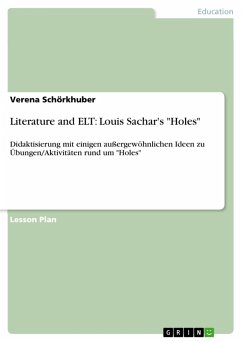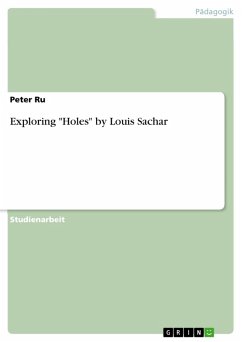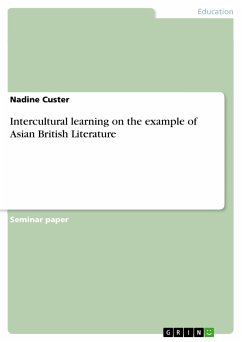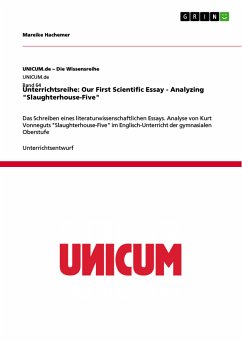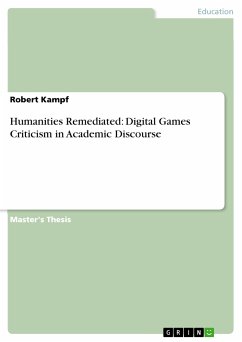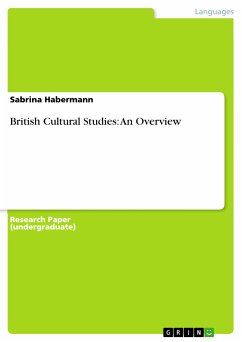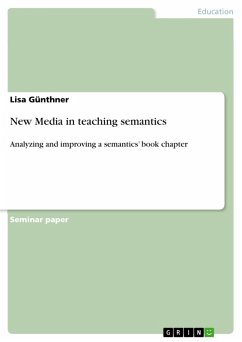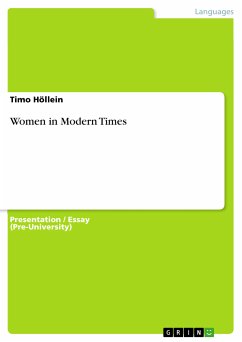Lesson Plan from the year 2012 in the subject Didactics for the subject English - Pedagogy, Literature Studies, grade: 1,0, University of Vienna (Institut für Anglistik und Amerikanistik), course: Literature and ELT (Fachdidaktik-Kurs), language: English, abstract: Bei dieser Arbeit für den Fachdidaktik-Kurs "Literature and ELT" handelt es sich um eine Didaktiksierung des Abenteuerromans "Holes" von Louis Sachar (ab 4./5. Lernjahr) mit einigen außergewöhnlichen Ideen zu Übungen/Aktivitäten rund um "Holes" (Dauer ca. 4 St.), welche auch auf andere literarische Werke angewandt werden können (creating wanted posters, telephone conversations with the author, ...). Inhalt: Introduction: Why teach literature (or Literature?) in ELT; Choice of text; Work plan for four lessons; Conclusion; Bibliography; Appendix/Work sheets: 'dig it', character sketch, 'mad lib', discuss-decide-survive, filling in the holes: questions, create your own 'wanted poster', reading log. Auszug: Choice of text We shouldn't teach great books; we should teach a love of reading. (B. F. Skinner) I have chosen the novel Holes by Louis Sachar with the quotation above in mind: even though it might not be classified as one of the 'great books', i.e. of '(high) Literature', it is definitely one of those books that can serve to 'teach a love of reading'. Holes is the exciting story of Stanley Yelnats (mind the palindrome!), an overweight boy who is unjustly sent to Camp Green Lake, a boys' juvenile detention centre. Stanley knows that this is due to a curse on his 'no-good-dirty-rotten-pig-stealing-great-great-grandfather', who did not fulfil a promise he had made to Madame Zeroni. At the camp, Stanley and six other boys are forced to dig holes every day in order to pay their debt to society. However, Stanley soon finds out that there is more than 'character building' going on [...]. The novel and its main themes (friendship, racism, justice, fate, etc.) can be exploited in many appealing ways for classroom reading. [...] In the open learning sequence I have prepared, two basic approaches to reading a book in class are incorporated. First, there is the 'classical' approach with its well-established, successful activities, whereby the focus of assessment is (as is usual on an upper-secondary level) on both language and content. On the other hand, the activities on the second work sheet focus on the themes dealt with in the book. Since friendship, bullying, racism, etc. are issues in (nearly) every teenager's life, it can be motivating for the students to deal with these topics from a personal point of view, in a creative way. The activities on both work sheets are designed in a way that allows the students to plan which tasks to do when themselves.
Dieser Download kann aus rechtlichen Gründen nur mit Rechnungsadresse in A, B, BG, CY, CZ, D, DK, EW, E, FIN, F, GR, HR, H, IRL, I, LT, L, LR, M, NL, PL, P, R, S, SLO, SK ausgeliefert werden.

